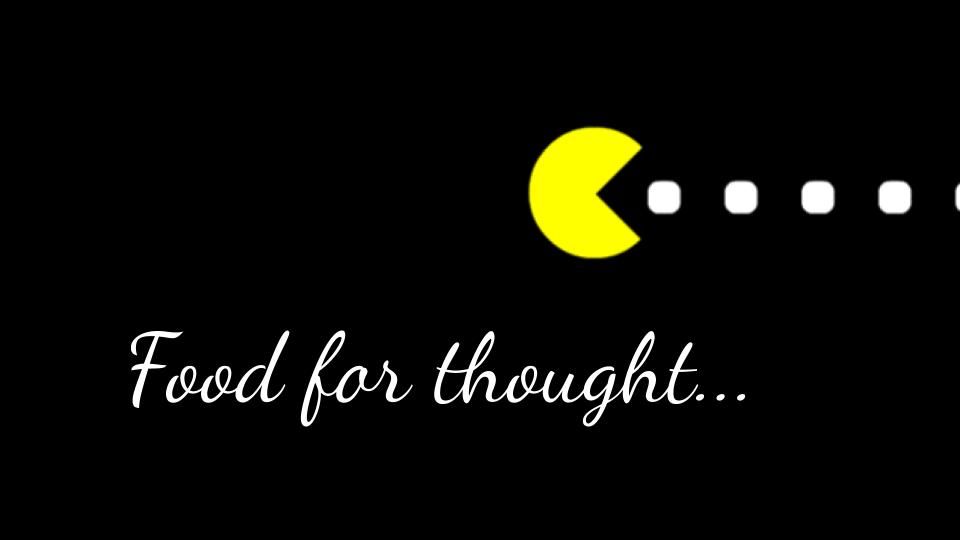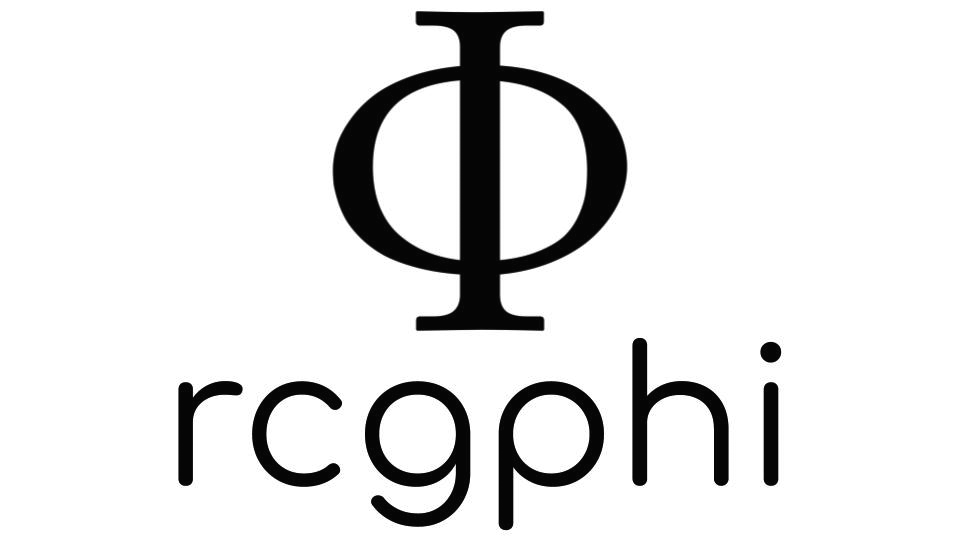TL (Pt. I)

Wise people are in want of nothing, and yet need many things. On the other hand, nothing is needed by fools, for they do not understand how to use anything, but are in want of everything.
~Chrysippus
Chrysippus: the second greatest logician of antiquity
The Stoic School of Philosophy, generally speaking, was founded by Zeno of Citium in Athens in the early 3rd century BCE. They are mostly known for their ethical views, as you will learn in the Storytime! below. It was Chrysippus of Soli (279-206 BCE), who around 230 BCE took charge of the Stoic school, that initiated its formal studies into logic. In typical Greek intellectual fashion, Chrysippus didn't follow Aristotle's approach blindly; Chrysippus wanted to move past the writings of "the master" (as Aristotle was sometimes called). And so Chrysippus analyzed the notion of truth. Before diving into Chrysippus' insights, however, let's get some context.
So far, the emphasis of our logical analysis has been on categories. But the Stoic school of logic conceived of reasoning in a wholly different way. They broke down reasoning not to the level of categories, but to the level of complete declarative sentences. Chrysippus realized that some sentences had a special property: they could either be true or false. Call sentences that have this property truth-functional sentences. It's important to note that not all sentences exhibit this property. It makes no sense, for example, to say that an exclamation is true. We noted this back in Unit I. Instead, it appears that declarative sentences, sentences that describe a state of affairs, are the only type of sentence that is truth-functional. This is why Chrysippus's logic is called truth-functional logic: it is the logical analysis of complete declarative sentences.
Truth-functional logic is also known as propositional logic. A proposition is the thought expressed by a declarative sentence. This might be tough to get a grasp on first, so let me give you an example. Consider the following set of sentences:
- "Snow is white."
- "La neige est blanche."
- "La nieve es blanca."
- "Schnee ist weiß."
This set contains four sentences. That's clear enough. But how many propositions does it contain? In fact, it is only one proposition. This is because this is the same thought expressed in four different languages. These sentences, moreover, are clearly different from sentences like "What’s a pizookie?", "Close the door!", and "AHH!!!!!". It just simply is the case that we cannot reasonably apply the label of true or false to a question, a command, or an exclamation, the way we can to a declarative sentence.
Another way of thinking about propositions relates to the language of thought, which is sometimes (jokingly) referred to as Brainish or Mentalese. Have you ever had a thought but couldn't quite find the words to express yourself? Some linguists, like Steven Pinker, might say that you have the proposition in the language of thought, and you are searching for the natural language—say, English—to "clothe" your proposition in so that you can communicate this idea.1
One last note that might be of interest here: it was actually the Stoics that gave logic its name:
“Aristotle might be the founder of logic as an academic discipline, but it was the Stoic philosophers who gave the subject its actual name. At the research institute founded by Aristotle, the Lyceum, the subject apparently had no formal title. After the death of Aristotle, his logic texts were bundled together as a unit known only as the ‘organon’ or ‘tool of thought.’ Early in the third century BCE, logicians in the Stoic school of philosophy, also located in Athens, Greece, named the subject after the Greek term logos (which could mean ‘word’, ‘speech’, ‘reason’, or even ‘the underlying principle of the cosmos’)” (Herrick 2013: 211).
Storytime!

Important Concepts
The Great Insight
We've been hinting at Chrysippus' great insight, and now it's time to make it clear. Here is what Chrysippus realized. Truth-values and truth-functions reside within compound sentences with truth-functional connectives. In other words, there are logical connectives—like "and" and "or"—that establish certain relationships between the component sentences as well as for the compound sentence as a whole. Let's take a look at these relationships so you can see what I mean.
Let's start with negations. A negation is a sentence, either simple or compound, whose main logical operator negates the whole thing. For example, take the simple sentence "James is home". To negate this sentence would be to say something like "It's not the case that James is home". Now here's a question: Is this statement, "It's not the case that James is home", true or false? That depends. If a sentence negated is true, the negation as a whole is false; and if a sentence negated is false, the negation as a whole is true. In other words, if "James is home" is true, then the whole compound ("It's not the case that James is home") is false. But if "James is home" is false, then the compound ("It's not the case that James is home") is true.
Let's move on to conjunctions. A conjunction is simply an and-statement, like "James is home, and Sabrina is at the store." In a conjunction, the component sentences are called conjuncts. The relationship established here is that only when both conjuncts are true is the whole compound true. In other words, the compound ("James is home, and Sabrina is at the store") is only true if both "James is home" is true and "Sabrina is at the store" is true.
A disjunction is an or-statement, with the component sentences being referred to as disjuncts. It is important to note that the disjunctions that we will be covering is the inclusive "or". In other words, disjunctions, for our purposes, will be true either when at least one of the disjuncts is true, including the case where they are both true. Only when both disjuncts are false will the whole compound be false.
Conditionals are if/then-statements, like "If James is home, then Sabrina is at the store." The antecedent is the component sentence in the if-half of the sentence, in this case "James is home", and the consequent is the component sentence in the then-half of the sentence, "Sabrina is at the store." The truth-function of conditionals is a little counterintuitive, but here's the basic idea. When the antecedent is true and the consequent is false, the conditional as a whole is false. All other times, the conditional as a whole is true.
Sidebar

Students sometimes have trouble with this truth-function. Perhaps the way you can think about conditionals is as "rules". Here in the U.S.A., the legal drinking age is 21. So, generally speaking, we assume the following "rule": If someone is drinking, then they are over 21. How would we "falsify" or violate this rule? Well, if we saw someone drinking and learned they were 21, all is well; the rule is not being violated. If we saw someone not drinking and learned that they were 21, this wouldn't affect our rule in any way. Similarly, if we saw someone not drinking and learned that they were under 21, then the rule still stands. It's only in the case where it's true that someone is drinking and it's false that they are 21 or older that the rule is being violated. That's the basic intuition behind when a conditional is false: it's only when the antecedent is true and the consequent is false that a conditional as a whole is false.
The last truth-functional compound we will be looking at is the biconditional, or if-and-only-if-statement. This relationship is such that only when the truth-values match is the compound true. The analogy that I like to use when teaching this concept is that of a contract. Consider the sentence "You’re divorced if, and only if, you've signed the divorce papers." If one of the component sentences is true, then so is the other. Similarly, if one is false, then so is the other. So, only when the truth-values of the component sentences match is the whole compound true; if they don't match, the compound is false.


Leaving natural language behind...
The truth-functional relationships established above were explained using a natural language, namely English. A natural language is simply a language that evolved organically through time and which has only semi-fixed meanings. As noted in Unit I words, like "bad", can have different meanings in different contexts (like how "bad" meant "good" beginning in the 1990's or whenever it was). But this is no good for logical analysis. If we are going to get deductive certainty, we can't utilize notions with slippery meanings. So, instead of using natural language, we will be using a specialized formal language that we will call TL.
You'll be happy to hear that the use of TL will make it significantly easier to understand Chryssipus’ logic. Absent symbolization, it is extremely challenging to keep track of all the functional relationships. Moreover, once you've mastered TL, you'll only be a few steps away from mastering PL, which is the formal language that will be utilized in Unit IV—and basically the entire point of this class.
I will have much more to say about formal languages in the lessons to come, but, for now, let's do two things. Let's look at some problems with natural languages (to begin to convince you that we really do need a formal language), and let's introduce you to the connectives of our special language.
Food for thought...

Problems with natural language
Although wonderful for day to day use, natural language definitely has some drawbacks. First of all, it is sometimes very ambiguous. It goes without saying that spoken language doesn't always carry the same meaning in written form. I'm sure you don't have to dig too deep before remembering a time when someone misinterpreted a text message that you sent, reading into it hostility when you meant it as a joke.
In fact, even in spoken language there is plenty of room for misinterpretation. Sometimes misinterpretations can cost lives. Consider that, apparently, the decision to drop the atomic weapons in Hiroshima and Nagasaki was at least partially motivated by a misinterpretation. When the ultimatum of "unconditional surrender" was imposed on the imperial government, reporters in Tokyo asked Japanese Premier Kantaro Suzuki about the plans of the Japanese government. Suzuki responded with the Japanese word mokusatsu, which he meant as saying "no comment". However, there is another meaning to mokusatsu: ignoring in contempt. This second meaning, basically stating that the ultimatum is not worthy of comment, is the one that reporters chose to go with. Obviously there is a world of difference between saying "I have no comment at this time" and "That is not worthy of comment". And so within ten days, assuming that the Japanese were fanatic to the end, the decision was made to drop "the bomb".
As if the ambiguity in natural language weren't enough, there are three other problems I'd like to mention. First, it actually is surprisingly difficult to define complex notions. For example, try to define intelligence, culture, or civilization.
Second, even if you do have a "working definition" of these notions, it's usually the case that conceptions of complex notions evolve over time. The meaning behind marriage, for example, has changed over time, as Stephanie Coontz demonstrates in her (2005) Marriage, a history: From obedience to intimacy.
Lastly, the fixing (or stipulation) of meaning and the capacity to reduce this meaning into a single symbol is a hallmark of formal languages that allows the human mind to go farther than it otherwise could've done. I'll have more to say on this next time, but, for now, consider the following. Would you be able to perform long division in Roman numerals (like the ones in the clock below)?

Logical Connectives
As I said early in this course, we will be learning a formal language. However, I lied. We will be learning two formal languages. This is because we must learn TL on our way to the more complicated language we will be working with by the end of the course. Consider this a bit of a stepping stone. Nonetheless, this is a surprisingly powerful language. We will take a look at its syntax rules next time, but right now I want to introduce you to its logical connectives, or operators. You should memorize these as soon as possible.
Sentence Connectives of TL
- The tilde symbol "~" stands for "not".
- The wedge symbol "∨" stands for the (inclusive) "or".
- The ampersand "&" stands for "and".
- The horseshoe "⊃" stands for "if,...then".
- The triple bar "≡" stands for "if, and only if".
Again, I'd like to stress that you should memorize these as soon as possible. Next time, you'll learn a whole new language...

FYI
Homework!
- Memorize all terms and truth-functions in this lesson, as well as the sentence connectives of TL.
Study this summary of common connectives. This will help when you are translating from English to TL.
Footnotes
1. This view is in opposition to a view called the Whorf-Sapir hypothesis, which states that our thoughts are dependent on and structured by the language that we learn as children, for example English versus Cantonese. Pinker (and other linguists who side with the views of Noam Chomsky) argues that this view is outdated, but I won't get into that here. The interested student can refer to Pinker (1994).

